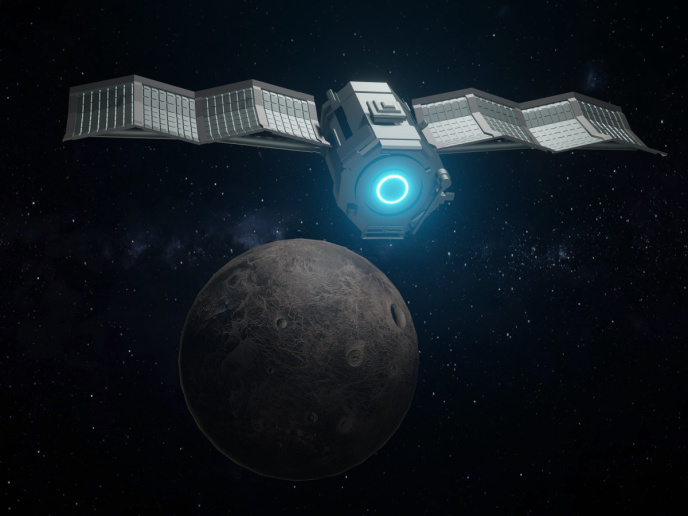Mars rock reveals its secrets
Mars astrobiology hinges on knowing how wet the planet's interior is and how mixed the mantle is compared to Earth. Future missions to the planet depend on knowing the similarities and differences between Mars and our home planet. The EU-funded MARSVOLATILES (Investigations into Martian volatiles) initiative studied how volatile elements present on Mars have changed over time. The researchers set out to analyse meteorites that crashed on Earth from Mars for clues to its make-up of the interior, surface and atmosphere. Project researchers examined sub-microscopic minerals and volatile elements in Martian meteorites of different geological ages. They were also interested in studying Mars' water content, the nature of the Martian mantle and cycling of volatile compounds on the surface. MARSVOLATILES analysed the Tissint meteorite to study the different water reservoirs on Mars. The team used a transmission electron microscope to identify the minerals within the meteorite. They found unusually high water content within the Tissint meteorite, suggesting that the rock experienced alteration while on the Martian surface. The researchers concluded that Mars is not as dry beneath the surface as has been believed. MARSVOLATILES also analysed the Dhofar 019 meteorite to find out if any of the minerals in it were altered before it crashed on Earth from Mars. The researchers found that the minerals found on the Dhofar 019 meteorite were very different from those found on the Martian surface. Studying the carbon content of many meteorites with different geological ages revealed carbon in most of them. This result told the researchers that the source of carbon on Mars is not being depleted on the surface over time. A Nano-Secondary ion microprobe was used during MARSVOLATILES to study the water inside different minerals of Martian meteorite MIL 090136. The composition of this water revealed that lavas close to the surface of Mars do not lose a lot of their water to the atmosphere. Project results are anticipated to help current and future missions searching for evidence of life on Mars. The researchers also expect that information relating to the hydrogen and carbon cycles will be valuable for possible future human exploration.







